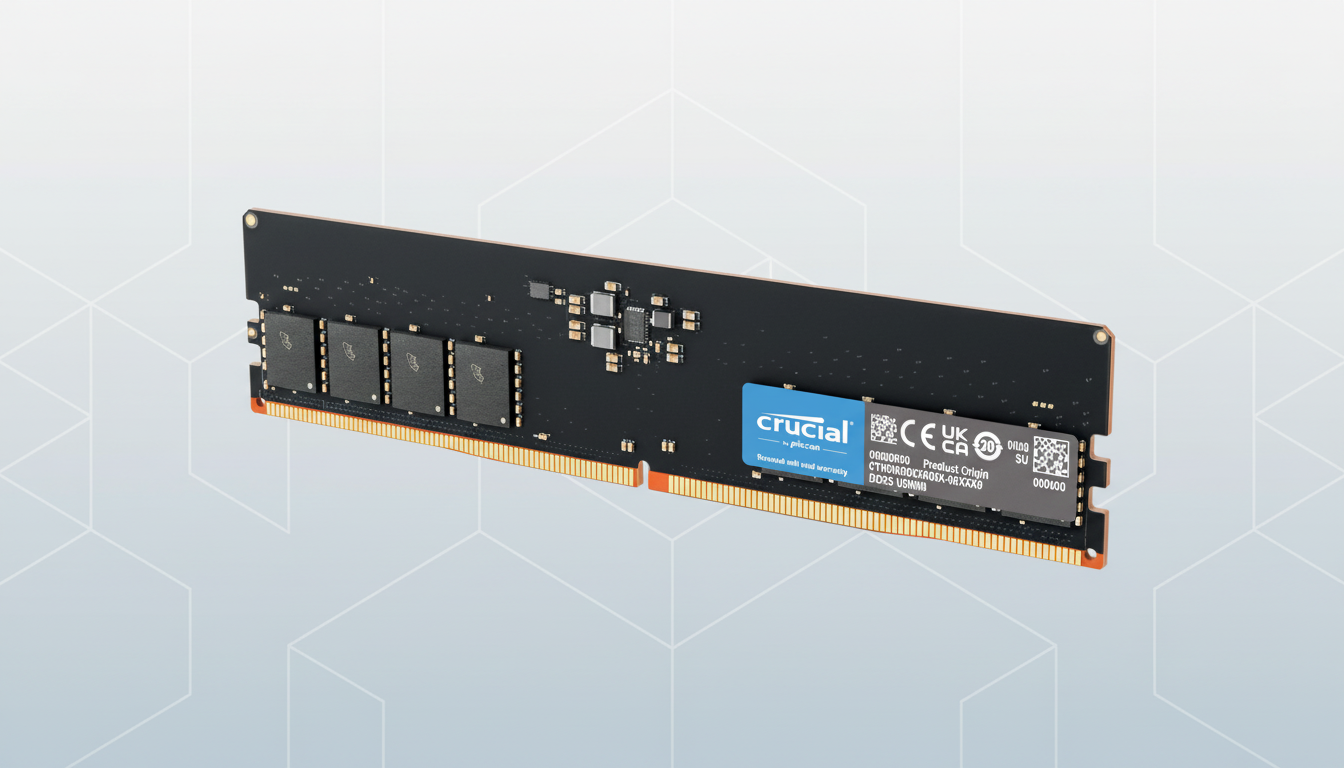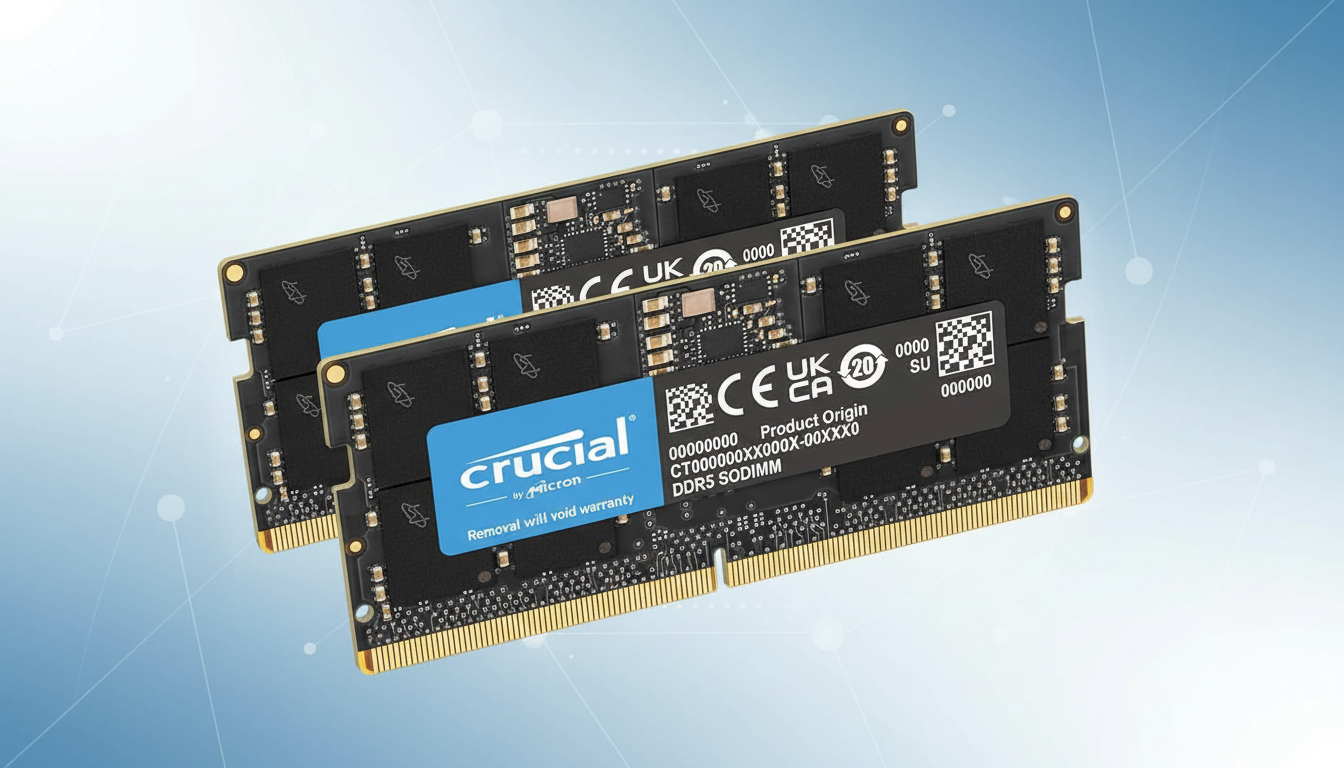Memory prices for mainstream PCs are surging as the AI buildout devours DRAM supply. Retail listings for popular DDR4 and DDR5 kits have jumped dramatically in a matter of weeks, catching PC builders off guard and reshaping the economics of new rigs and upgrades.
What’s Driving the Spike in DDR4 and DDR5 Memory Prices
Two forces are colliding: an industry pivot toward AI servers and a classic DRAM supply cycle turning tight. TrendForce, which tracks memory markets, reports that AI-fueled data center expansions and longer-term purchasing agreements are tightening availability and pushing contract prices higher across PC and server DRAM.
- What’s Driving the Spike in DDR4 and DDR5 Memory Prices
- HBM production priorities are squeezing PC memory supply
- DDR4 is getting scarcer as production shifts to DDR5 and HBM
- How far have DDR4 and DDR5 memory prices jumped lately
- What it means for PC builders and everyday memory buyers
- When relief for DDR4 and DDR5 memory prices might arrive

Large cloud and AI customers are stockpiling memory to secure supply, a move that pulls inventory out of the retail channel. At the same time, the three major DRAM makers—Samsung, SK hynix, and Micron—have been disciplined on wafer starts after the last downturn, leaving less slack to absorb a rapid demand shock.
HBM production priorities are squeezing PC memory supply
High Bandwidth Memory (HBM) sits at the center of the AI boom. Accelerators from leading GPU vendors rely on stacked HBM3 and HBM3E modules, and meeting that demand requires retuning fabs and advanced packaging lines. Reporting in Korea has highlighted how top suppliers are allocating more capacity to HBM, which effectively reduces output for general-purpose DRAM like DDR5 and DDR4.
TrendForce has also noted an aggressive shift toward server-grade modules—RDIMM and higher-density parts—constricting supply for consumer kits. The result is a supply crunch that trickles down to everyday builders, even if their systems have nothing to do with AI workloads.
DDR4 is getting scarcer as production shifts to DDR5 and HBM
DDR4 is feeling a double pinch. It’s an older standard with shrinking production, and the current squeeze is diverting even more capacity away from it. Multiple industry notes over the past year indicated that suppliers would slow or stop certain DDR4 lines to prioritize DDR5 and HBM, a shift that now magnifies price pressure on budget and midrange upgrades.
For small businesses and gamers maintaining prior-gen platforms, this scarcity is especially painful. The value kits that once anchored low-cost builds are now priced closer to premium DDR5 in some regions.

How far have DDR4 and DDR5 memory prices jumped lately
Consumer anecdotes and pricing trackers tell a consistent story. PCPartPicker’s historical charts show a sharp uptrend in recent weeks, particularly for mainstream 32GB and 64GB DDR5 kits. In one widely shared example, a 32GB DDR5 kit that sold for roughly $104 earlier this year is now around $220—an increase of about 112%.
It’s not just DDR5. A two-stick 32GB DDR4 pack that hovered near $52 has climbed to roughly $115—up about 121%. These are retail snapshots, but they mirror TrendForce commentary that PC DRAM contract prices continue to edge higher, with retailers adjusting shelf prices as inventories thin.
What it means for PC builders and everyday memory buyers
Short term, expect volatility. Retailers typically adjust quickly when supply tightens, but discounts can still appear as sellers clear older SKUs or rebalance inventory. Watching reliable trackers, considering reputable refurbished or open-box kits, and setting price alerts are sensible tactics for upgraders.
If you’re on DDR4, weigh the opportunity cost of buying pricey memory versus saving for an eventual platform jump to DDR5. For DDR5 shoppers, verify motherboard QVL lists and XMP/EXPO compatibility before chasing sale prices—returns are costlier when stock is scarce. System integrators may also offer better bundle economics than piecemeal DIY during tight markets.
When relief for DDR4 and DDR5 memory prices might arrive
DRAM is famously cyclical: high prices invite new capacity, which eventually cools the market. Suppliers are ramping advanced nodes and expanding HBM output, but the timing is tricky—AI demand is still accelerating, and advanced packaging remains a bottleneck. TrendForce and other analysts suggest further near-term firmness, especially if AI projects continue to pull forward orders.
For now, the AI gold rush is setting the price of memory for everyone, not just hyperscalers. Until HBM supply scales and general-purpose DRAM production normalizes, builders should plan around elevated prices—and move quickly when a rare, good deal appears.

